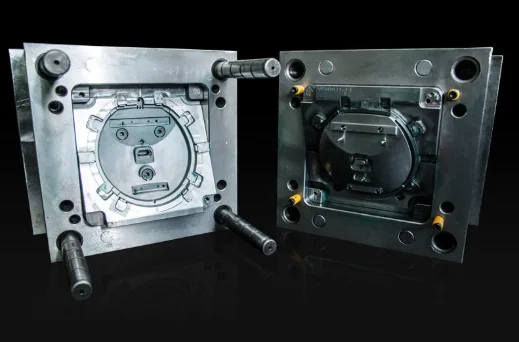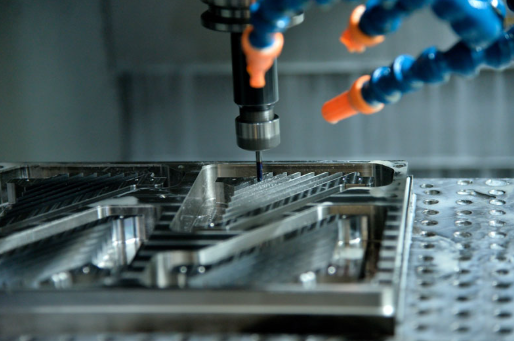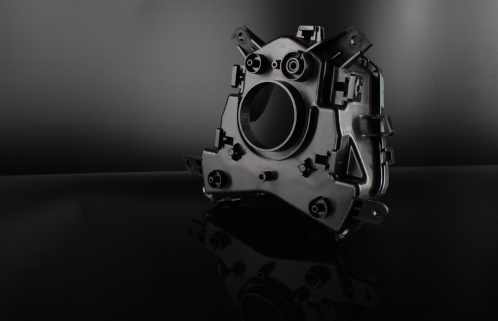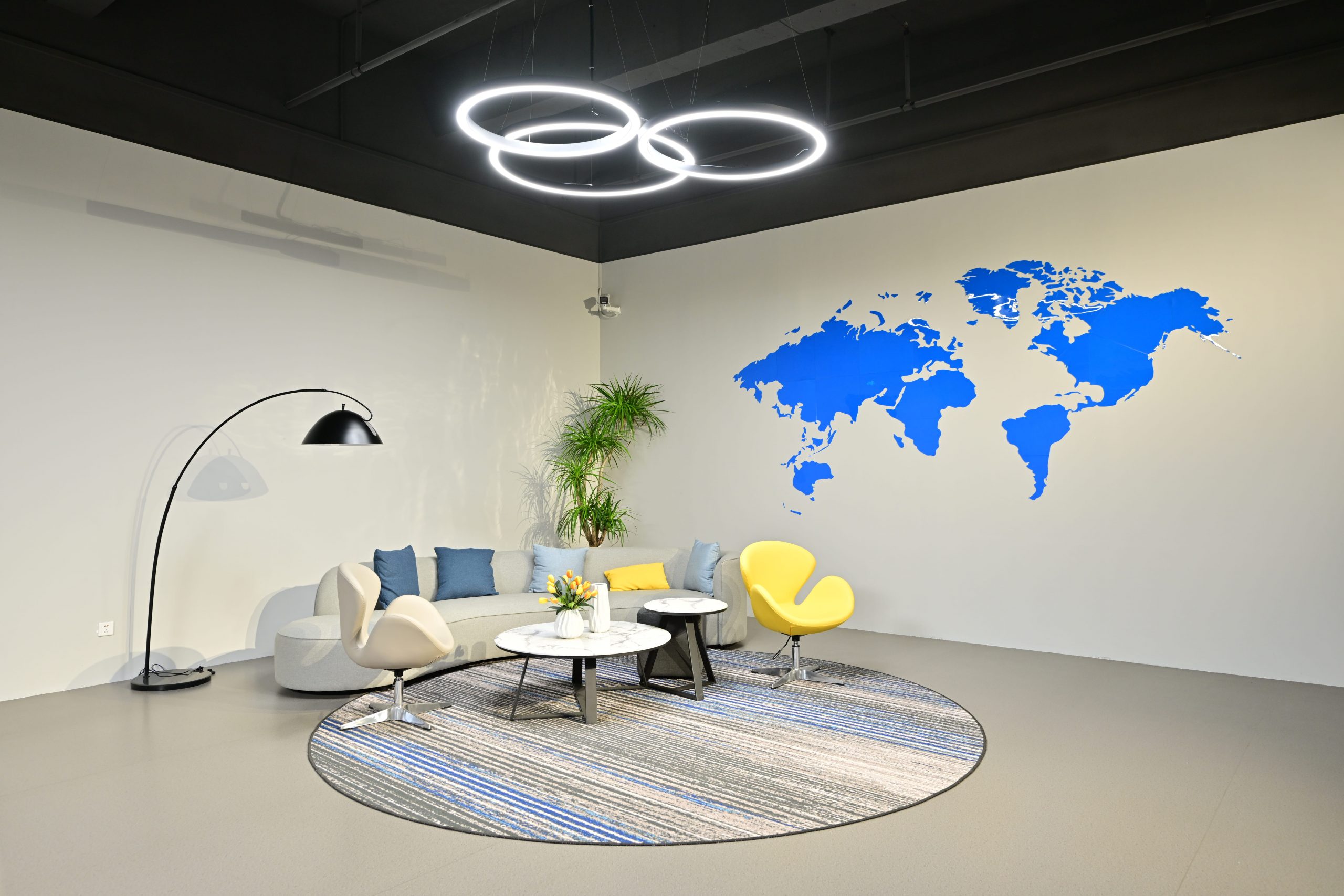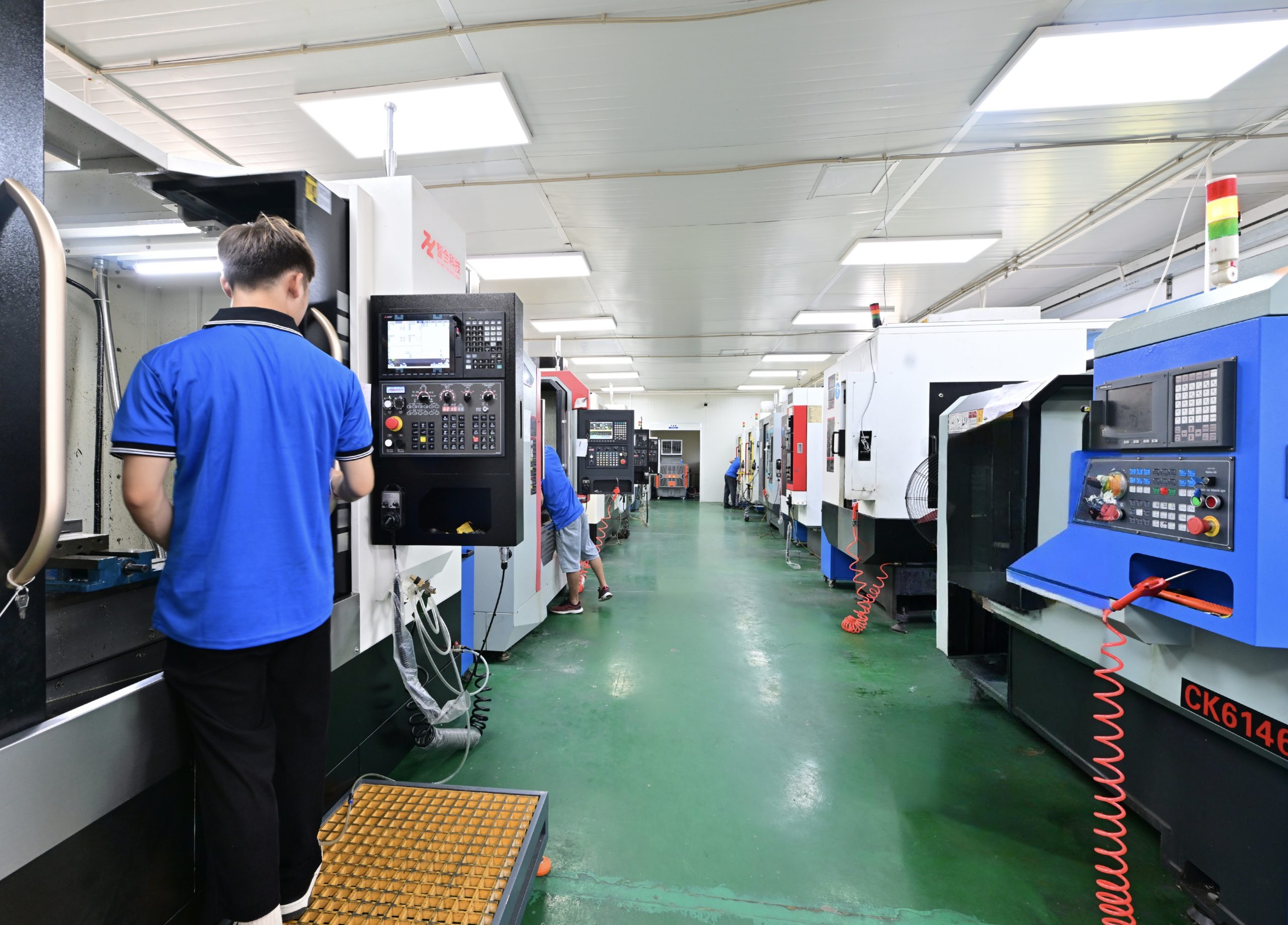Getting your prototype ready lays, the ground to test your product and make sure everything is working as it should. A test run is how you get to see if everything related to design and manufacturing is working as it should. Although most of the times even big companies center their efforts on offering the best products they can deliver within their budgets there is still an opening for problems to affect them from all angles.
It’s not an uncommon occurrence, and rapid prototyping services have to work out a lot of details before being able to deliver a product that it’s 100% perfect and in accordance to the expectations of their customers. Finished products created 3D printing, and rapid prototyping can deliver the same level of functionality as a finished one, but this relies heavily on how the project is handled from the moment it begins.
Table of Contents
ToggleIt Starts with the Creation of the Prototype
Entrepreneurs have never had such vast options to choose from to create anything their minds think of in these times. 3D printing has proven to be so versatile at the creation of prototypes and parts that is a standard in the industry these days. Many twists have been made on standard tooling such as vacuum casting and plastic injection molding to make technology take care of most of the handy work. The new improvements also allow companies to take more volume of work as most of them are now able to handle low order from small companies.
The Raw Materials Are the Next Stage
Since the main focus on the prototype will be the ability to perform a task as the finished product, the choice of materials should be the highest priority. Proof of concept tests can always be handled on the cheap, but the finished prototype will cost you some money. Even with that in mind, the final price of the functional part will be only a fraction of what it used to cost one created using handcraft tooling. For rapid prototyping services, the overall cost of materials might be the cause of concern in modern tooling since the hardware must be calibrated to work correctly with the materials included in the product.
A final look on Details Delivering a Finished Part
You finished prototype can be treated with the full spectrum of your project specifications: custom colors can be added, elaborated finishes and all the attention to detail. The amount of work it goes at this stage will help you determine how practical is to have everything you want on it. While many customers favor detailed products, they might be a hard sell if you are not an established brand. Companies like Apple and Samsung don’t get to charge nearly $1,000 for a smartphone just because they look pretty. They have put some time and effort in building their brands with quality products offered at affordable prices, to begin with.
Bear in mind that if you are creating a product or a part that needs some assembly the costs are sure to increase and you will also have to make more tests runs with your rapid prototyping services to make sure that everything works as it should.

